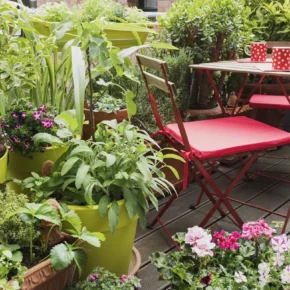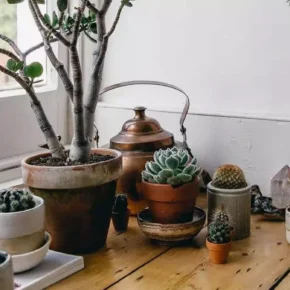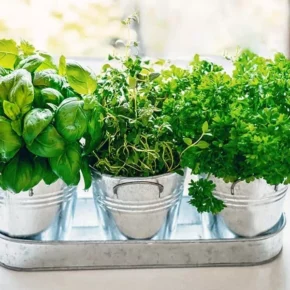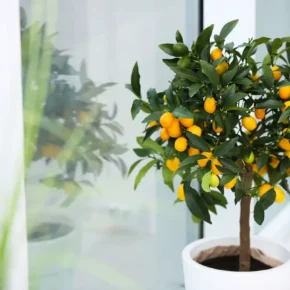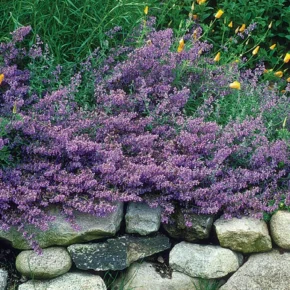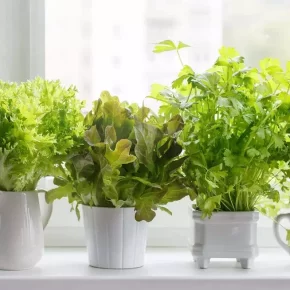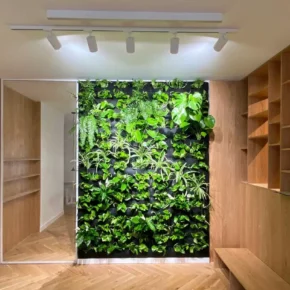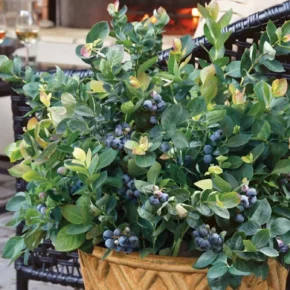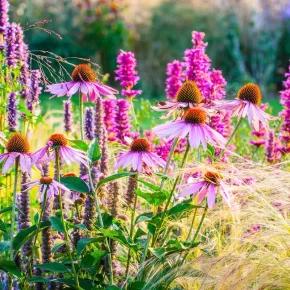Ficuses are decorative plants that add coziness and naturalness to the interior. They fit well into any style of decor, and thanks to the variety of species, you will easily find a plant that matches your preferences.
Popular types of ficuses for the home
1. Ficus Benjamin (Ficus benjamina)
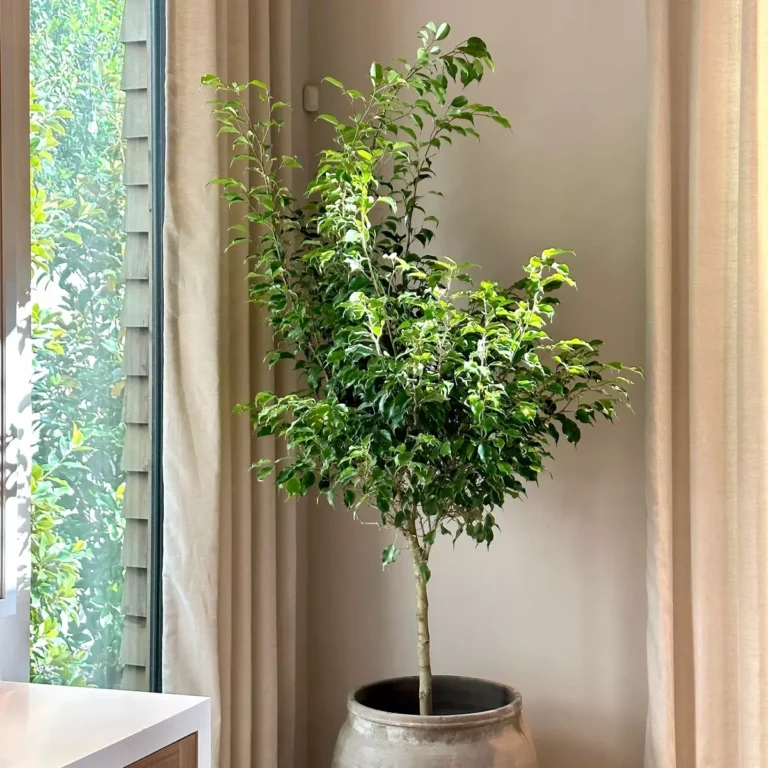
- Description: Tree-like plant with small shiny leaves. There are varieties with plain and variegated leaves.
- Features: Likes bright, but diffused light and moderate watering.
2. Ficus rubber (Ficus elastica)
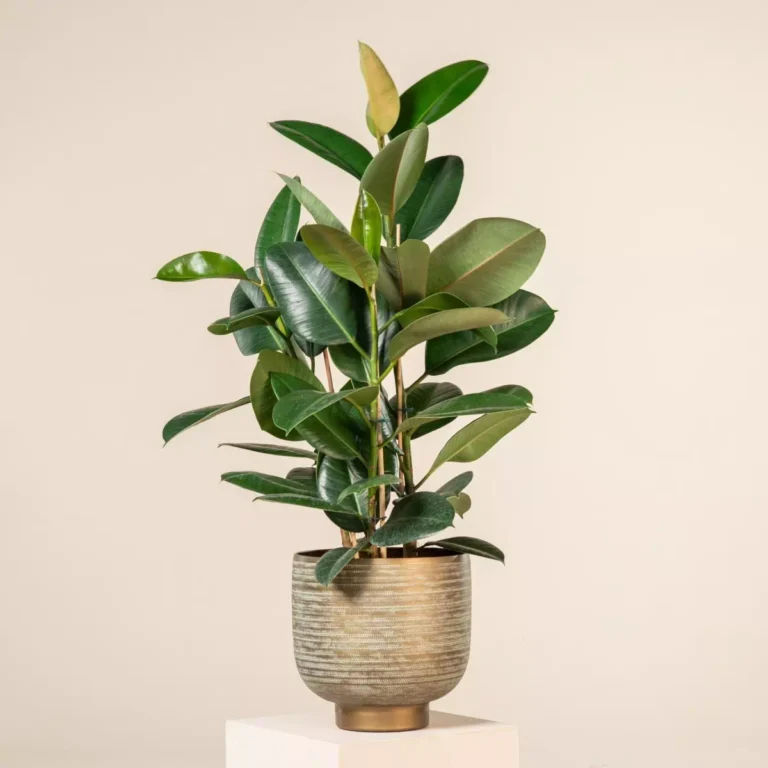
- Description: Large leathery leaves that can have a dark green, reddish or variegated shade.
- Features: Undemanding to conditions, but grows better in a warm and humid atmosphere.
3. Ficus Lyrata (Ficus lyrata)
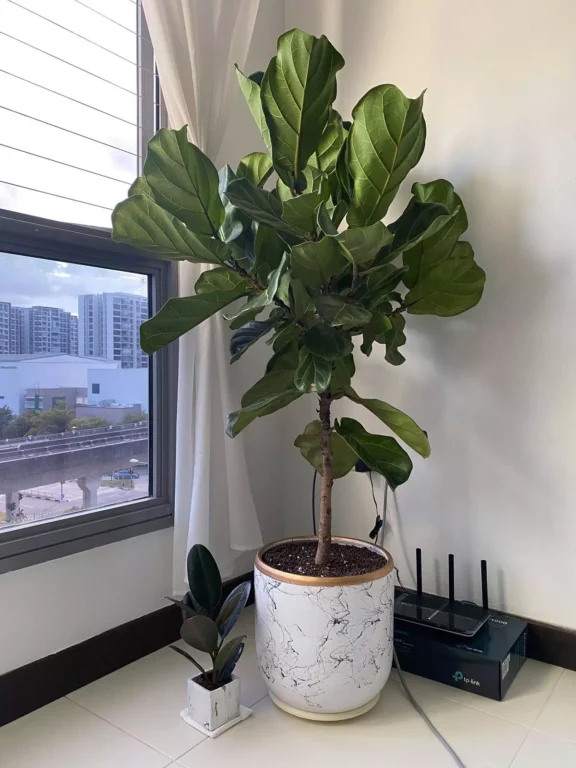
- Description: Large, bright green leaves in the shape of a violin. This ficus is a real accent of the interior.
- Features: Demanding on lighting, but afraid of direct sunlight.
4. Ficus microcarpa (Ficus microcarpa)
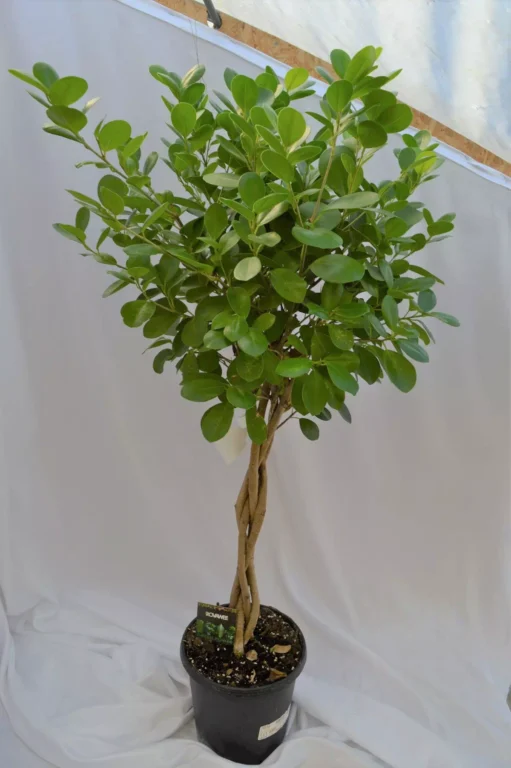
- Description: Often grown in bonsai form. It has a compact shape and looks very impressive.
- Features: Likes high air humidity and regular feeding.
5. Creeping ficus (Ficus pumila)

- Description: An ampelous plant with small leaves that creep or fall down.
- Features: Ideal for hanging planters, likes high humidity.
The basic rules of ficus care
1. Lighting
- Ficuses like bright, but diffused light. Direct sunlight can cause burns on the leaves.
- Species with dark green leaves are more shade-tolerant, and variegated ones need more light.
2. Temperature
- The ideal temperature for ficus is from +18°C to +25°C.
- Avoid drafts and sudden temperature drops, which can cause the leaves to fall.
3. Watering
- Ficuses should be watered sparingly: the soil should have time to dry between waterings.
- In winter, the frequency of watering should be reduced.
4. Air humidity
- Most species of ficus like high humidity. Regularly spray the leaves with warm water, especially during the heating season.
- You can use a humidifier to create a comfortable microclimate.
5. Nutrition
- Ficuses need regular feeding during the period of active growth (from spring to autumn). Use complex fertilizers for ornamental and leafy plants.
- Fertilization should be stopped in winter.
6. Transplantation
- Young ficuses are transplanted every year, adults – once every 2-3 years.
- Use loose, permeable soil with neutral acidity.
7. Formation of the crown
- In order for the ficus to have a good shape, regularly cut dry and extra branches.
- Pinching the top contributes to the thickening of the crown.
Common problems and their solutions
- Falling leaves: The reasons can be different – excessive watering, insufficient lighting or stress from changing conditions. Check the maintenance and fix the problem.
- Dry leaf tips: Most often caused by dry air. Increase the humidity in the room.
- Slow growth: The plant may lack nutrients. Add nutrients.
Ficuses are a great choice for the home due to their beauty and unpretentiousness. Following simple rules of care, you will ensure your plants healthy growth and good appearance. Let your ficus become a real decoration of your interior!



